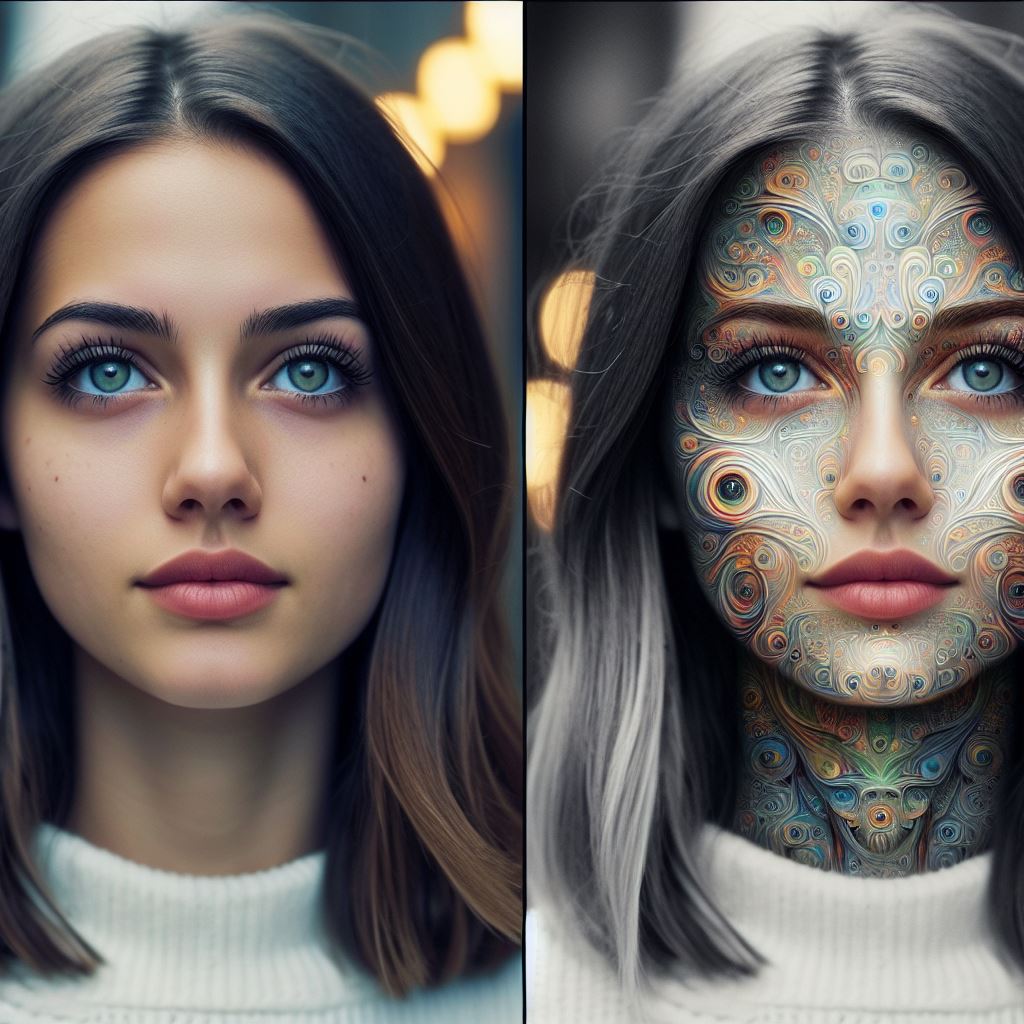In an era defined by rapid technological advancement, the rise of deepfake technology poses a significant challenge to our societal norms, ethical principles, and even national security. Deepfakes, fueled by artificial intelligence (AI), have emerged as a potent tool for manipulating digital content, creating hyper-realistic videos, audio recordings, and images that can deceive and manipulate viewers. While the technology behind deepfakes is undoubtedly impressive, its potential for misuse raises profound concerns on a global scale.
Deepfakes leverage sophisticated machine learning algorithms to generate realistic simulations of individuals, often superimposing their faces onto the bodies of actors or altering their voices. What makes them particularly alarming is their ability to deceive even discerning viewers, blurring the line between fact and fiction. From political propaganda to revenge porn, the implications of deepfake technology extend far beyond mere entertainment or novelty, presenting grave threats to democracy, privacy, and personal safety.
One of the primary concerns surrounding deepfakes is their potential to undermine trust in media and information sources. In an age where misinformation and fake news proliferate online, the proliferation of deepfake content could exacerbate existing challenges related to media literacy and trustworthiness. With the ability to fabricate convincing footage of public figures engaging in unethical or criminal behavior, malicious actors could weaponize deepfakes to sow discord, manipulate public opinion, and destabilize democratic processes.
Moreover, the ramifications of deepfakes extend beyond the realm of politics, affecting individuals and communities in profound ways. The proliferation of non-consensual deepfake pornography, for instance, poses a serious threat to personal privacy and dignity, subjecting individuals to harassment, blackmail, and emotional distress. Victims of deepfake manipulation often find themselves powerless to defend their reputation or refute false accusations, highlighting the urgent need for robust legal and technological safeguards to address this emerging threat.
From a national security perspective, the implications of deepfake technology are equally concerning. As state-sponsored actors and cybercriminals increasingly exploit AI-driven tools for malicious purposes, the risk of disinformation campaigns, cyberattacks, and social engineering tactics looms large. Deepfakes could be used to incite violence, manipulate financial markets, or undermine public trust in institutions, posing significant challenges for governments and law enforcement agencies tasked with safeguarding national interests.
Addressing the multifaceted challenges posed by deepfake technology requires a coordinated and multi-stakeholder approach involving governments, tech companies, civil society organizations, and the research community. Policy interventions aimed at regulating the creation, distribution, and use of deepfakes are essential to mitigate their harmful effects and protect individuals’ rights and freedoms. This may involve implementing stricter regulations on content moderation, enhancing digital literacy programs, and empowering users with tools to detect and combat deepfake manipulation.
Furthermore, technological solutions such as digital watermarking, cryptographic signatures, and AI-based detection algorithms can play a crucial role in identifying and mitigating the spread of deepfake content. By investing in research and development initiatives focused on deepfake detection and attribution, we can bolster our defenses against malicious actors and enhance the resilience of our digital ecosystems.
Ultimately, the rise of deepfake technology serves as a stark reminder of the dual-edged nature of AI-driven innovation. While AI has the potential to revolutionize countless aspects of our lives for the better, it also presents unprecedented risks and challenges that must be addressed proactively. By raising awareness, fostering collaboration, and implementing robust safeguards, we can navigate the complexities of the deepfake dilemma and uphold the integrity of our digital society. Failure to do so could have far-reaching consequences, undermining trust, democracy, and human rights on a global scale.





